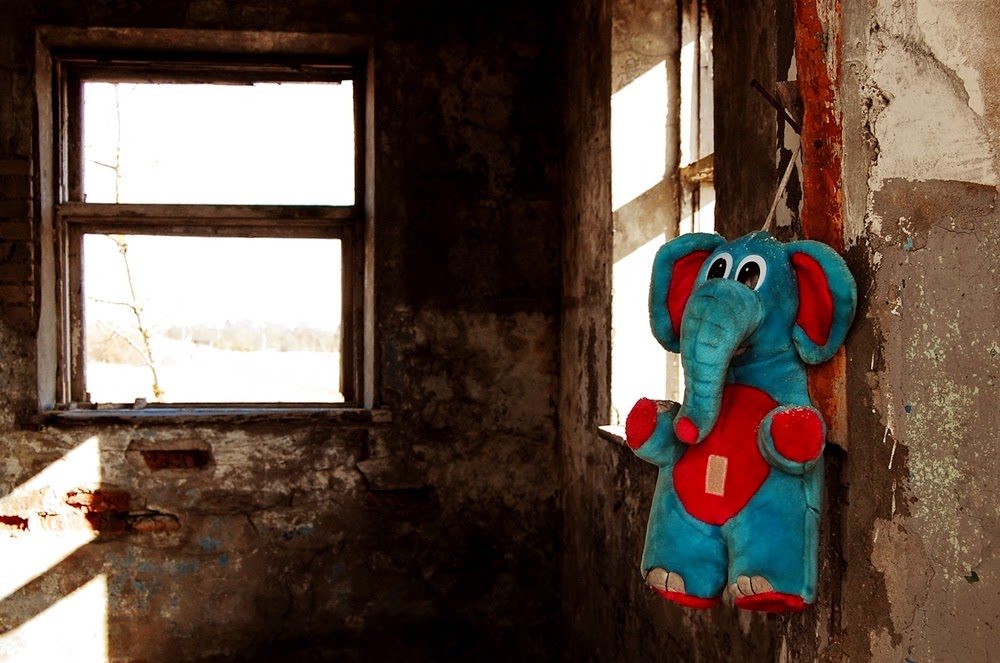Visited 12.4.2014 by skkye. Biking around Paldiski was a dream of urban adventurer. The endless chain of abandoned houses, ruins, lighthouses, military buildings and so on made it feel kind of unreal. There is a lot of marks of Soviet times everywhere. Actually, Paldiski was so important place for Soviet Union that the whole city was closed off with barbed wire until the last Russian warship left in August 1994.
Unfortunately, I was so tired after spending freezing, sleepless nights in random forests I didn't have energy to get the whole potential of it - for example I didn't even visit the most famous abandoned place in Paldiski, the Soviet Navy nuclear submarine training centre. So I need to go back some time! Anyhow, there is some photos I took while cycling around it. This is also the last post from my Estonian trip.























































